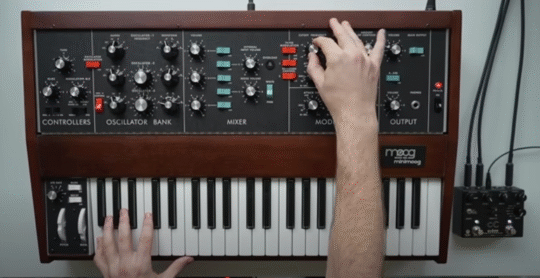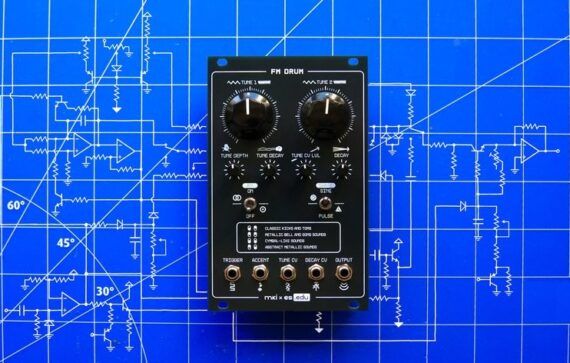Moog Minimoog Model D Is ‘The Archetype For A Reason’
Synthesist Jay Hosking shared this video, noting that the Moog Minimoog Model D is “the archetype for a reason”.
The Minimoog has been copied, cloned, knocked off and emulated for decades, and synthesists have more options for getting that sound that ever.
But Hosking argues that the Minimoog isn’t ‘magically better’, but it is a beautiful instrument, and there are real reasons why it’s still the archetype of a synth, even after 50 years.

Here’s what he shared about the video:
“This is an exploration of the Moog Minimoog Model D, no goals other than to have fun. The Walrus Slöer adds reverb and sounds beautiful. There was no additional processing to the sound. And what a beautiful sound it is.
The Minimoog Model D is one of the two main instruments that started my love of synths in the first place. I’ve long wanted one, and the reissue’s wood looked especially beautiful, but I had to wait until I saw it at the right price. That happened last week, and here we are.
Yes, I know there are clones, and I know those clones can sound very very good. I’m not telling you that this is somehow magically better; it probably isn’t. But I can tell you it feels like an instrument, it’s beautiful to the touch, it has a heft to it, and the wood makes it feel like an installation piece or furniture or something that occupies physical space in the environment. I feel like I’m sharing the room with it, a creative environment, and that’s a harder thing to quantify.
Some full songs will be coming with it at some point. How could they not? It’s just incredible.”



